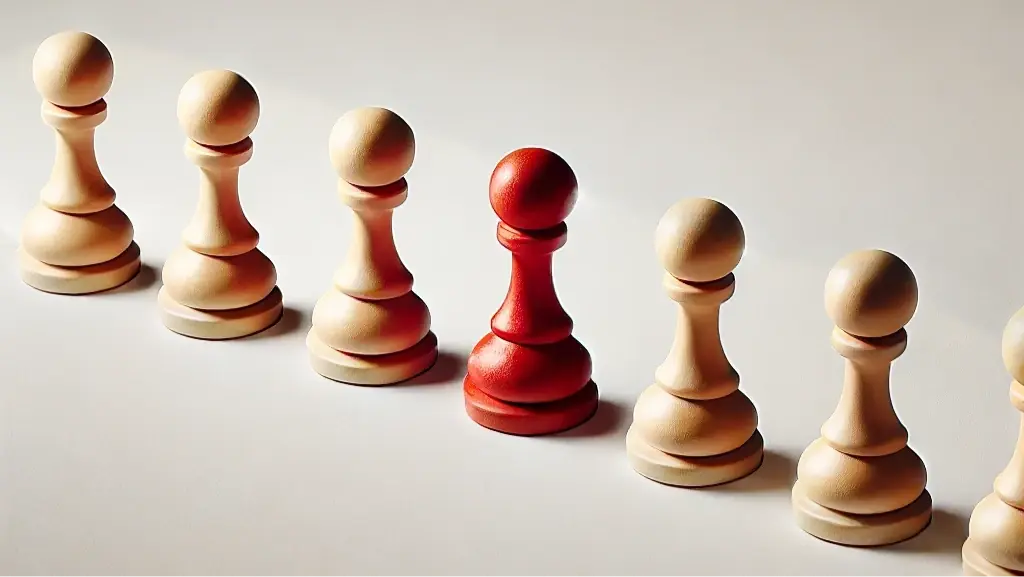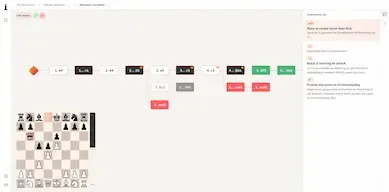
Hello there! You can call me Kyu, and today I’m writing this article for you about one of the most important topics in chess! It’s not about openings, nor is it about difficult, boring, and scientifically unproven endgames. Instead, it’s about pattern recognition and weaknesses! If you want to improve in chess, you don’t need to solve a billion tactical puzzles or do things like that. No, the best and quickest way to get better at chess is to understand the game itself. I remember when I first read one of the strongest quotes in chess from one of the most iconic chess players of all time: "
"Help your pieces so they can help you.” - Paul Morphy
The chessboard is your battlefield, and your pieces are your soldiers. The enemy may do everything to destroy your army, but the one thing you should truly fear is losing the battle against yourself, on your own territory! This may sound strange at first, but after you finish reading this, I’m convinced you’ll see this quick introduction and these sentences in a completely different light. I hope this helps you realize the importance of weaknesses in the game of chess! So let’s start by defining what a weakness is.
”A weakness is your best ally but also your worst enemy.” - Kyu
In chess, some people define a weakness as a place on the board (it can be a single square or an entire sector, like the kingside) where your opponent could gain an advantage, either in material or position. This definition often leads to the advice of “taking a lot of time for every move to make sure your opponent can’t capture a piece with a tactic or invade your side of the board.” While this is true, it’s not the whole story.
To me, every single piece, square, and space on the board is a potential weakness. Why do I say this? It’s simple: I believe that a position cannot be equal unless there is pressure from both sides. Equality comes from the confrontation of two forces, attacking and defending simultaneously. This means that at any moment, any square can become the most dangerous part of the board. If your structure isn’t solid enough, and that zone suddenly shifts to a space you neglected because you thought “it was useless and your opponent would never get there,” you could easily find yourself defeated in just a few moves!
How to: consider weaknesses when playing?
Now you may ask, “What can I do to avoid this?” My answer could be both simple and complex, depending on your level of chess knowledge. I’m sure some of you feel stuck at a certain rating. Maybe you’ve memorized openings or studied endgame theory for hours. You might even have taken private lessons but still aren’t improving. Well, to close this article, I’ll give you a piece of advice that I hope will be useful throughout your chess career, so try not to forget it!
First, remember that all your pieces have a very specific purpose, even though the number of possible tactics in chess seems infinite. Every piece on the board has a distinct task, which will change as the position evolves. However, these tasks are generally finite. Make sure you don’t create unnecessary weaknesses in your structure. Don’t throw your pieces into battle without proper support, and most importantly, never, ever, EVER let your opponent advance into your territory. Your greatest achievement in a game will be to prevent your opponent from pushing that fluctuating danger zone into the four rows of your starting territory (1-4 for White and 5-8 for Black).
Conclusion
I wish chess were simple, and in some ways it is - until you face a stronger opponent. The goal of this article was to help you find your own way of thinking and to build your strategy in a way that makes your games less dependent on luck and more focused on positional and attacking techniques. Feel free to share your opinions in the comments - I’ll be happy to answer them! You’re also welcome to ask questions or bring your own games to the comment section, and I’d be glad to help you analyze them.
Thanks for reading!
For more coaching tips, make sure to regularly check out Chessflare, and you can also find me on my Discord Server !
Have a fantastic day, and enjoy playing chess! Kyu ^^
Frequently Asked Questions
What is a weakness in chess?
How do I identify weaknesses on the chessboard?
Why is understanding weaknesses important in chess?
How can I avoid creating weaknesses in my chess game?
What is the significance of keeping your opponent out of your territory?
How can understanding weaknesses help me beat stronger opponents?
Where can I learn more about improving my chess strategy?

